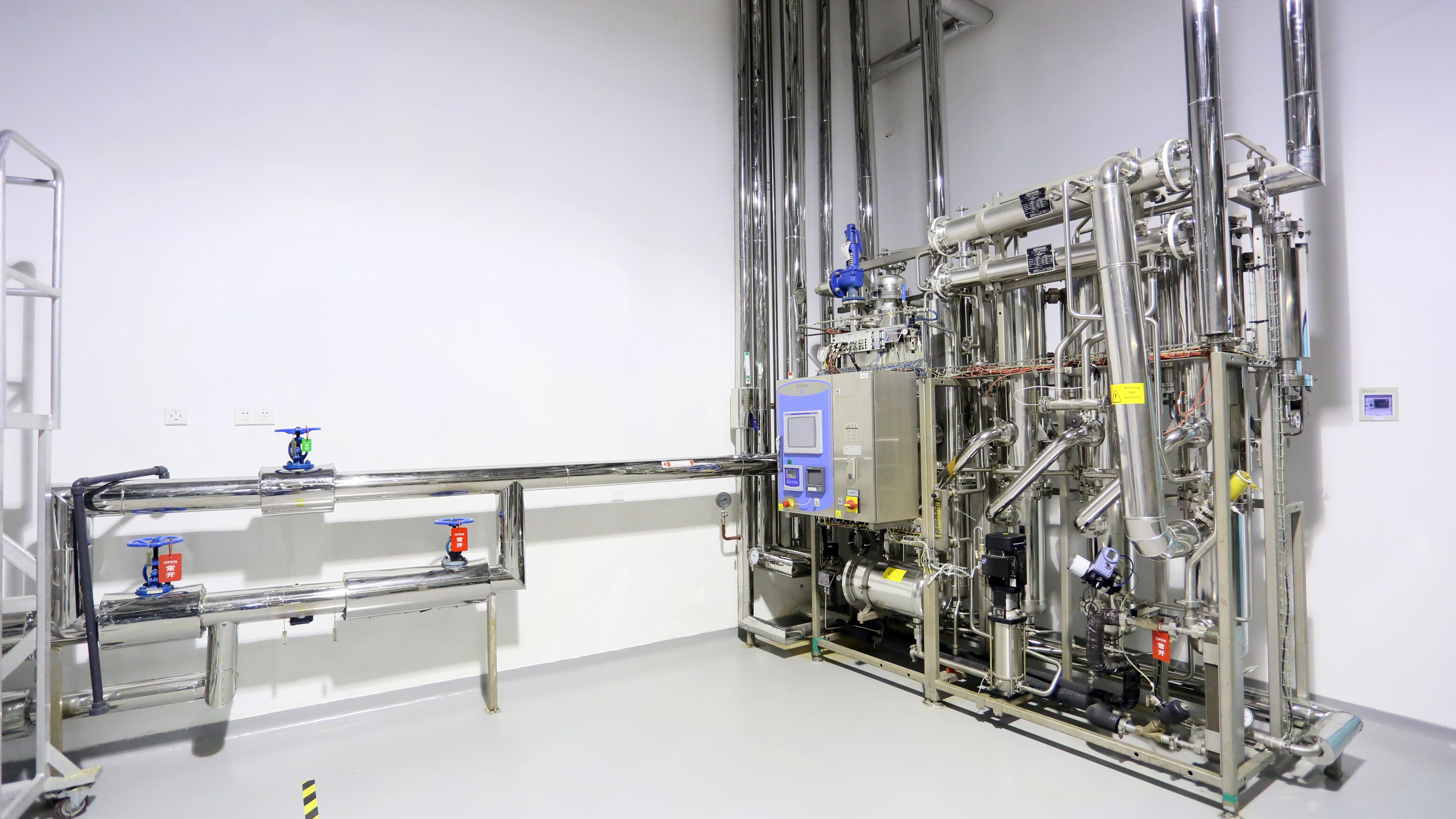Solution
The application, based on the Rockwell Automation process control system, comprises over 10,000 I/O and a range of process controllers – from large to micro-sized. System flexibility allows the implementation of a PlantPAx® system for the fermentation process and a tailor-made implementation for the other process areas, providing a complete integration of both application techniques using the same engineering and operation tools. Controllers collect and process the field information from distributed I/O and redundant I/O in critical areas.
Field information and process data is accessible from a central control room. Allen‑Bradley® PowerFlex® variable frequency drives are also deployed at key points within the facility to provide more efficient and monitored motor control.
From a visualisation perspective, Biopharmax has leveraged high-end operator workstations (OWS), which provide an operator interface with advanced diagnostics and access to all relevant process components such as pumps, valves, etc. Biopharmax used its own special pharmaceutical library based on Rockwell Automation process objects and its associated faceplates for ease in design and engineering. A virtual system was deployed to deliver redundancy and increased system availability. Two physical servers – one for production and a second to provide redundancy – utilising VMware virtualisation technology, enable quick disaster recovery.
The plant process batch and recipe formulation is fully automatic, is implemented according to the S88 standards and incorporates modular software blocks and fixed FDS Syntax, offering quick and efficient troubleshooting. Batch reports were also implemented, which describe the batch process activity, including critical parameters, alarms and events, batch listing, batch summary, batch execution, material usage, forward tracking, and backward tracing.
The process control system also offers validation management, so whenever a new operator station is added, validation is done only for that specific stand. Historical data is also stored to a SQL database, which includes all system alarms and events and field device data (trends).
Finally, the EtherNet/IP communication link between the controllers on the diverse process areas and the different system components like: variable-speed drives, remote I/O and weighing scales, coupled to the serial link communication with the fan filter units (FFU), allows the system to analyse the highly detailed data received and execute the control and corrective measures where required. This significantly increases the system reliability and performance in response to changing conditions, as well as helping to optimise energy consumption.
